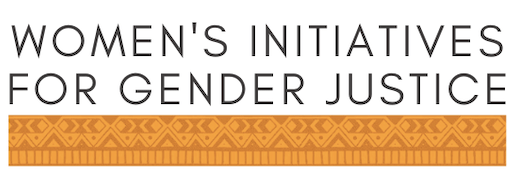Sexual Violence (Un)Defined
The Rome Statute is the first international criminal law instrument to expressly include crimes of sexual violence, however, it does not sufficiently define the term “sexual violence” nor does it provide examples of acts which might be captured by the crime of “any other form of sexual violence of comparable gravity.”

The ICC Elements of Crimes are to assist the Court in the interpretation and application of the Rome Statute articles on crimes against humanity, war crimes and genocide. The Elements of Crime define what constitutes an act of rape, forced pregnancy, and enforced sterilisation. With regard to the crimes of sexual slavery, enforced prostitution, forced pregnancy, enforced sterilisation, or any other form of sexual violence of comparable gravity, the only guide given by the Elements is that an “act of a sexual nature” must have been committed. However, it does not provide examples or guidance as to what could constitute an “act of a sexual nature”.
This lack of guidance in the ICC legal texts highlights:
- A lack of clarity about what makes violence sexual; and
- A disparity between how sexual violence is – and will be – deliberated in courts and how the violence is perceived and experienced by victims.
An example of this disparity can be found in the decision on the confirmation of charges in the Kenyatta et al. case. Judges rejected the argument that forced circumcision of men constitutes sexual violence, stating: “The Chamber is of the view that not every act of violence which targets parts of the body commonly associated with sexuality should be considered an act of sexual violence.” Rather, the Chamber found that “it appears from the evidence that the acts were motivated by ethnic prejudice and intended to demonstrate cultural superiority of one tribe over the other” and were thus better characterized as “other inhumane acts.” (ICC-01/09-02/11-382-Red, paras 265-266.) However, if a violence against a person’s sexual organs is not necessarily a crime of sexual violence, then what is?
